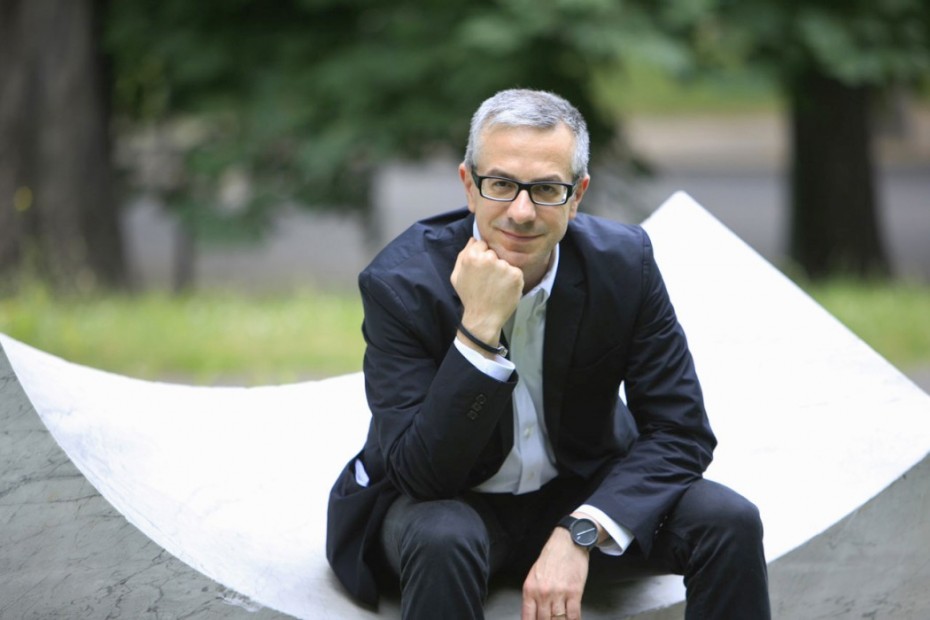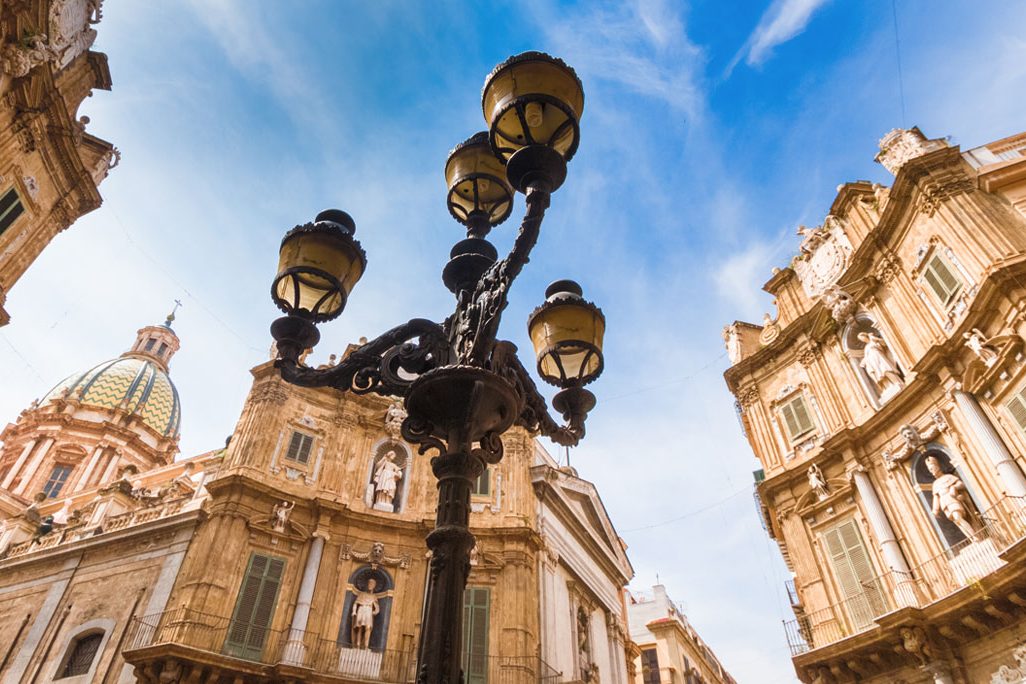All the World’s Futures is the title of the 56th International Art Exhibition of the Venice Biennale 2015, curated by Okwui Enwezor from Nigeria. It opens one month before its usual time because of Expo, the Universal Exhibition that Milan will host from May 1 to October 31, 2015. Over this six-month period Milan will also become a global showcase, where more than 140 participating countries will show the best of their technologies to guarantee healthy, safe and sufficient food for everyone, while respecting the Planet. This way the international public can see both Expo in Milan and the Venice Biennale during the same trip to our country.
The press preview of the Venice Biennale is scheduled for May 6-8. The international exhibition will open to the public on Saturday, May 9 and run through Sunday, November 22, 2015.
The Biennale this year celebrates 120 years since it was founded in 1895. It will showcase the best of contemporary art, music, ballet and theatre. Moreover, it continues to build on its own history, which is formed of many memories and different perspectives from which to observe the phenomenon of contemporary artistic creation.
Paolo Baratta, President of the Biennale, underlined during the press conference in Venice that the previous curator, Bice Curinger, dealt with the theme of perception, ILLUMINATION. Massimiliano Gioni instead was interested in observing the phenomenon of artistic creation from within while exploring the world of utopia and man’s necessity to create. This year Okwui Enwezor intends to deal with art in relation to the tensions of the external world both from a political and social stand point. The three of them form a sort of complementary trilogy and offer different ways of approaching art.
Okwui Enwezor was inspired in a way by the pionieristic 1974 Venice Biennale, part of which was bravely dedicated to Chile. This was a gesture of solidarity toward that country in the aftermath of the violent coup d’état, in which General Augusto Pinochet overthrew the government of Salvador Allende in 1973.
We are living now in an age of anxiety, uncertainty, deep division and inequality, despite the great progress made in knowledge and technology. It is time therefore to investigate how the tensions of the outside world act on the sensitivity and the vital and expressive energy of artists. One of the reasons the Biennale invited Okwui Enwezor as curator – Paolo Baratta stated – was for “his special sensitivity” in this regard. Therefore he has created ARENA, an active interdisciplinary space at the Giardini where public debate, readings, chanting and film screenings will take place as an ongoing work in progress. Marx’s Das Kapital will be read as a dramatic text by trained actors during the entire duration of this year’s Art Biennale.
Enwezor has invited 136 artists, of which 89 will come for their first time. The participants are from fifty-three different countries including Grenada, Mauritius, Mongolia, Republic of Mozambique, and Republic of Seychelles as well as Ecuador, the Philippines and Guatemala, after years of absence. This is going to be a global exhibition where Enwezor summons artists from all over the planet without being judgemental. He will show a multi-faceted “Parliament” of new shapes and dialectic forms of art from what is paradoxically called the periphery of the world moving into a dimension where memory, time and space become one.
He has commissioned several new scores and artists’ performance works to encourage a vital interaction of the arts.
The Arsenale will become a stage for a new project of the US duo, Jennifer Allora and Guillermo Calzadilla. A choral group will perform In the Midst of Things, an arrangement of Joseph Haydn’s The Creation. We will admire works by Baselitz, Boltanski, Haacke, Holler and Nauman. There will be a prominent and poetic installation by Ghana artist Ibrahim Mahama, which will unify all the Corderie as well as a gigantic Phoenix by Chinese artist Xu Bing.
Enwezor has included only four Italian artists: Fabio Mauri, Pino Pascali, and Berlin based Paola Barba and Monica Bonvicini. He believes numbers are not important since most Italian artists will be featured in their natural environment at the Arsenale. The Italian Pavillion will be curated by Vincenzo Trione, a professor of Art History at Iulm University, Milan and director of the Department of Research at the Museum of Contemporary Art Museum, Madre, Naples. He has reserved a place of honour to the Roman artist Fabio Mauri (1926-2009) at the entrance of the central Pavillion of the Giardini under the cupola of Galileo Chini with a majestic vertical installation entitled “Machine to make watercolours.” Mauri is considered one of the masters of the Avanguarde of the Second World War period. He was an anarchic intellectual, praised by Pasolini, whose approach to art was based on engagement, history and fragments of every day life. Ideology and language, Fascism and Holocaust, communication and manipulation are the themes currently highlighted in New York at Hauser & Wirth. Vincenzo Trione presents 15 Italian artists within his project entitled “Codice Italia” at the Arsenale (as announced in a separate press conference in Rome at Collegio Romano in the presence of Dario Franceschini, Minister of Culture). It includes established masters such as Mimmo Paladino and Jannis Kounellis, outsiders such as Aldo Tambellini and Paolo Gioli, a pop star like Vanessa Beecroft and mid career artists such as Nino Longobardi, Andrea Aquilanti, Antonio Biasucci, Francesco Barocco, Giuseppe Caccavale. He also features the younger generation of Marzia Migliora and Francesco Barocco as well as some under forties such as the duo Alis/Filliol, Nicola Samori and Luca Monterastelli.
Even though this seems an eclectic group of artists of all ages and extractions they are all haunted by the obsession of reinventing memory going back to the very artistic, historic and cultural core of Italy. Each of them has been asked to present two works, one as a sort of personal manifesto and another as an example from the “archive of collective memory.” This show seems very different from the one of Ida Giannelli who in the past presented only Giuseppe Penone and Francesco Vezzoli, or from the one of Vittorio Sgarbi who in 2011 showed over 300 Italian artists.
The Vatican will be participating for the second time with an exhibition of three artists: Monika Bravo, born in Columbia and living in the States, Helpida Hadsi-Vasileva, born in Macedonia and living in England, and Mario Macilau, a photographer from Maputo, Mozambico where he currently lives and works. A bilingual catalogue will be printed by Mazzotta and accompany the exhibition based on the Gospel of Saint John: “And the Word became flesh” (John 1:14).
The kermesse of the 56th International Art Exhibition will also include 44 collateral events, promoted by non profit national and international institutions in various locations within the city of Venice.
This promises to be a twenty-first century cultural Grand Tour especially if it includes both Expo Milano and a very challenging Biennale, both politically and socially engaging.




























